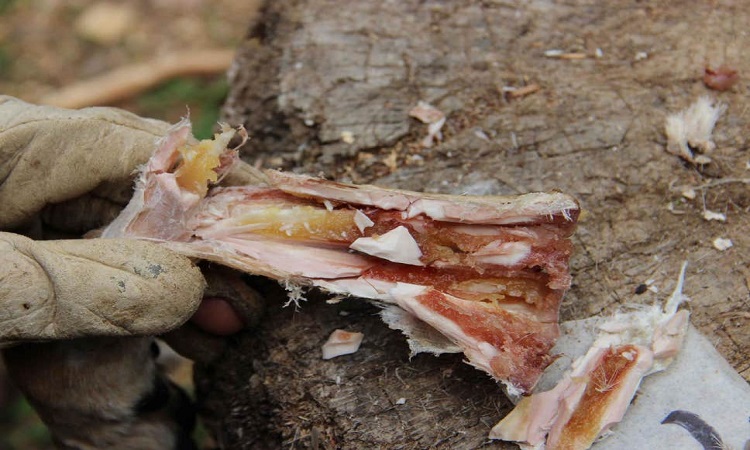A team of researchers has reported evidence of storage and late bone marrow consumption in the Qesemn Cave near Tel Aviv, 400,000 years ago.
About 400,000 years ago, when people began to domesticate fire, some humans also realized that they could save food for later. Bone marrow, more precisely, put “aside” for several weeks. This is indeed what suggests the exceptional discovery of animal remains in the Qesem cave near Tel Aviv, Israel. The details of the study are published in the journal Science Advances.
Bone marrow is an important source of nutrition and has long been a part of the prehistoric diet, says Ran Barkai of Tel Aviv University and lead author of the study. Until now, evidence has indicated immediate bone marrow consumption after soft tissue procurement and collection. In our paper, we present evidence of storage and the late consumption of this bone marrow.
At the time, the most hunted animals were deer – deer, deer and other deer. The researchers note that the legs were reported in the cave. The rest of the carcass, once removed from its flesh and fat, was left behind.
Bones as cans
By analyzing the bones of the members found in the cave – particularly the metal pods – the researchers noted that some had cut marks that were not characteristic of the marks left by the cutting of fresh skin. According to them, these bones were kept in the cave, still covered with skin. This allowed the preservation of the marrow contained inside.
In recreating the same process in the laboratory, it was also found that the technique allowed a low rate of degradation of bone marrow fat up to nine weeks. In other words, our ancestors could afford to set aside some marrow to consume if necessary for at least two months.
The bones were used here as cans. Preserving the bone marrow for a long time continues the researcher. If necessary, it was enough to remove the dry skin, break the bone and eat the marrow.
Until recently, it was thought that these Paleolithic Men were hunter-gatherers who lived from day today. But this study leads us to think that at that time they already understood that it was possible to preserve food. Which would maximize their chances of survival?




